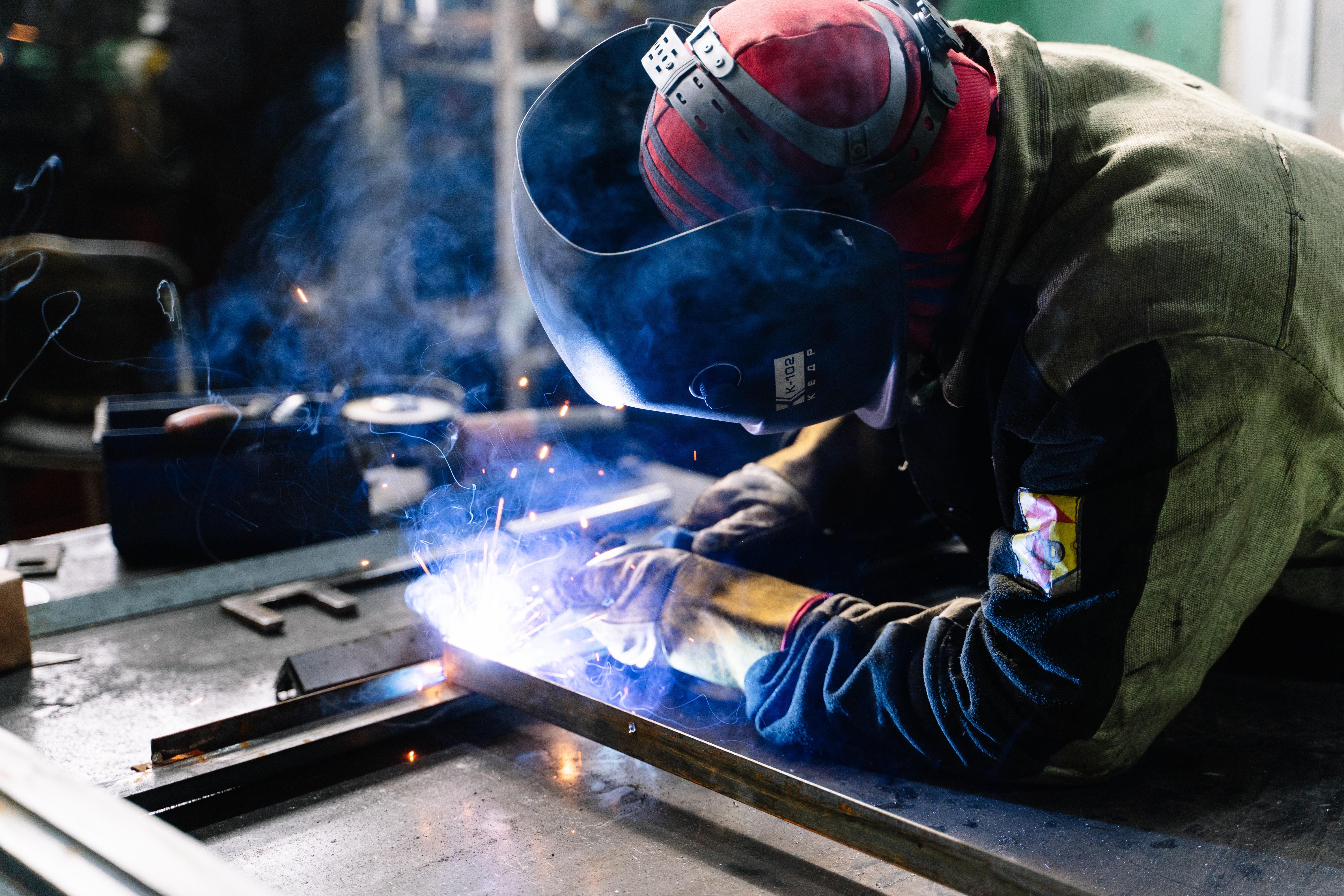The Evolution of Metal Fabrication: From Manual Tools to Smart Machines

Metal fabrication has been a cornerstone of human progress for centuries. From the earliest blacksmiths shaping iron by hand to today’s automated production lines, fabrication techniques have continuously evolved with advances in technology and industry.
The journey of metal fabrication reflects how human innovation has transformed craftsmanship into precision engineering — merging skill, science, and software to produce stronger, lighter, and more complex components than ever before.
Early Beginnings: Manual Craftsmanship
The roots of metal fabrication stretch back thousands of years. Ancient civilizations such as the Egyptians, Greeks, and Romans forged and cast metals like bronze, copper, and iron using basic hand tools and furnaces.
These early fabricators relied entirely on manual labour and experience. Blacksmiths would heat metal until it glowed, then hammer, bend, and shape it into weapons, tools, and decorative items. The process was slow and required immense skill, but it laid the foundation for all future metalworking techniques.
By the Middle Ages, metalworking had become an essential trade supporting agriculture, construction, and warfare. Hand-forging, riveting, and casting remained dominant, with improvements focused mainly on tools and furnace design rather than automation.
The Industrial Revolution: Power and Mechanisation
The Industrial Revolution of the 18th and 19th centuries marked a dramatic shift. Steam engines, water power, and later electricity allowed metal fabrication to move beyond manual labour.
Mechanised equipment such as rolling mills, power hammers, and lathes replaced hand tools, greatly increasing production capacity and consistency. Factories emerged, bringing standardised parts and the concept of mass production.
This period also saw major innovations in materials and joining techniques. The development of steel, through the Bessemer process, made fabrication more economical and reliable. Riveting became the dominant method for joining metal structures, leading to the rise of large bridges, ships, and locomotives.
Fabrication was no longer an art practised by individuals — it became an industrial process capable of building entire cities.
The 20th Century: Welding, Automation, and Precision
The 20th century brought another wave of transformation as science and engineering combined to push fabrication to new levels of precision.
Welding technology replaced riveting in most structural applications. Techniques like arc welding, MIG, and TIG made it possible to join metals quickly, securely, and with less material waste.
At the same time, machine tools became more advanced. Milling machines, presses, and cutters operated with tighter tolerances and higher speeds. The introduction of numerical control (NC) machines in the 1940s and 1950s which used punched tape to guide tool movement — was the precursor to modern CNC systems.
By the late 20th century, Computer Numerical Control (CNC) machining revolutionised metal fabrication. Computer-programmed machines could execute precise operations repeatedly with minimal human intervention. This shift allowed fabricators to achieve greater accuracy, consistency, and efficiency across mass production and custom manufacturing alike.
The Digital Age: Automation and Smart Machines
The 21st century has introduced a new phase in the evolution of metal fabrication one defined by automation, data, and digital connectivity.
Modern fabrication facilities now use CNC machining, laser cutting, robotics, and computer-aided design (CAD/CAM) systems to streamline every stage of production.
Smart machines are capable of:
-
Reading and executing digital blueprints directly from CAD files.
-
Monitoring tool wear and adjusting parameters automatically.
-
Communicating with other equipment through networked control systems.
-
Recording performance data for analysis and continuous improvement.
These capabilities mark the rise of “Industry 4.0” where manufacturing integrates with digital technologies such as AI, IoT (Internet of Things), and cloud computing.
Instead of relying on manual adjustments, today’s machines learn, adapt, and optimise in real time. Production lines can now operate with minimal downtime while maintaining exceptional precision.
From Workshop to Smart Factory
The modern metal fabrication environment bears little resemblance to the workshops of centuries past. Today’s smart factories combine robotics, advanced sensors, and predictive software to manage production automatically.
For example, automated welding systems ensure uniform seams across thousands of components, while laser cutters use high-energy beams to achieve clean, complex cuts within microns of accuracy. CNC machines are now capable of multi-axis operations, enabling the fabrication of intricate parts for aerospace, automotive, and medical industries.
Digital manufacturing also enhances sustainability. Optimised toolpaths and material-tracking systems reduce waste, while recycling processes allow scrap metal to be reintroduced into production efficiently.
The Ongoing Evolution
Even with today’s technology, metal fabrication continues to evolve. Future trends point toward greater use of:
-
Artificial intelligence for real-time process optimisation.
-
Additive manufacturing (3D printing) combined with traditional subtractive machining.
-
Augmented and virtual reality for operator training and remote supervision.
-
Advanced materials like carbon composites and titanium alloys for lighter, stronger products.
These innovations will continue to merge digital intelligence with mechanical precision — ensuring that metal fabrication remains at the heart of modern industry.
Conclusion
From hand-forged tools to computer-guided systems, the evolution of metal fabrication tells a story of constant innovation. Each era has built upon the last — transforming manual skill into mechanical power, and mechanical power into digital intelligence.
Today, smart machines stand as the result of centuries of progress, combining the craftsmanship of the past with the precision of the future. As technology advances further, metal fabrication will remain one of the most vital and evolving pillars of global manufacturing.





